This article was co-authored by Tu Anh Vu, DMD. Dr. Tu Anh Vu is a board certified dentist who runs her private practice, Tu's Dental, in Brooklyn, New York. Dr. Vu helps adults and kids of all ages get over their anxiety with dental phobia. Dr. Vu has conducted research related to finding the cure for Kaposi Sarcoma cancer and has presented her research at the Hinman Meeting in Memphis. She received her undergraduate degree from Bryn Mawr College and a DMD from the University of Pennsylvania School of Dental Medicine.
There are 10 references cited in this article, which can be found at the bottom of the page.
This article has been viewed 312,652 times.
Having a piece of popcorn stuck between your teeth is irritating and can be quite painful. Unlike many foods, popcorn hulls are not easily dissolved in saliva, and can persist for long periods of time between teeth and along gum lines. If it's not properly removed, food debris like popcorn left in hard-to-reach crevices can create an abscess that can fill with bacteria and lead to a potentially serious gum infection. Learning how to take care of the issue before it becomes a problem can allow you to feel better and avoid painful infections.
Steps
Using Floss and Other Objects
-
1Use dental floss. The American Dental Association recommends using dental floss at least once every day, but especially when you know there is debris stuck between your teeth.[1] This may also include soft debris, which can include bread. The starch will turn into sugar and bacteria will grow.
- Try to work the floss as close to the gum as possible between the teeth where the popcorn is stuck.
- Form the floss into a c-shape around one tooth, then around the next tooth.
- Work the floss back and forth or up and down, but be sure to also press down and massage your gums to ensure you're flossing thoroughly.[2]
- Rinse your mouth out with water.
-
2Use a toothpick. Take great care to avoid stabbing or otherwise injuring your gums.
- Insert the flat end of a toothpick between your teeth at the site where the popcorn is lodged.[3]
- Gently work the popcorn out from between your teeth, moving it either upward or forward.[4]
- If this doesn't work or if the toothpick doesn't have a flat end, use a pointed end and gently work the toothpick along your gums. Use extreme caution to avoid injuring your gums or the poking the inside of your mouth.
- If your teeth are too crooked, then you may need to look for a strong fabric wire that can act like a floss.
Advertisement -
3Brush your teeth. Brushing is highly effective at removing dental debris like popcorn. Wet the bristles of your toothbrush, then add fluoride toothpaste, and brush thoroughly, being sure to get all of your teeth.[5]
- When you brush your teeth, use a gentle circular motion, and brush for at least 2 minutes. If you scrub your teeth too hard, you could wear away the enamel.[6]
- Toothpaste is optional for removing debris, but the foaming action may help. Squeeze out a pea-sized blob of toothpaste onto the bristles of your toothbrush.
- Hold the toothbrush at a 45 degree angle to your gum.
- Try to work the popcorn out from between your teeth using the bristles in various strokes and movements. Once you remove the popcorn, rinse the bristles of your toothbrush to avoid reintroducing the debris into your mouth.
Removing Popcorn Without Floss
-
1Move your tongue over the affected teeth. Try to gently "pick" at the popcorn using your tongue. Do not overdo this, as it may cause pain and inflammation to your tongue.
-
2Rinse your mouth. You can use plain water, but using a salt water rinse will help ease any inflammation you're experiencing and reduce the chances of an infection. The gritty texture of salt may provide additional assistance in removing food debris.[7]
- Mix one tablespoon of salt into an eight ounce glass of warm water.[8]
- Stir until the salt is well-dissolved.
- Swish the salt water on the affected side of your mouth. Try to focus your rinsing around the location of the popcorn. You can also use an oral irrigator or WaterPik if you have one.
-
3
Treating the Pain Associated with Dental Debris
-
1Take a pain reliever. If the dental debris remains lodged between your teeth long enough for an abscess or infection to form, it can be quite painful. An over-the-counter pain reliever like ibuprofen or acetaminophen can help reduce inflammation and relieve the pain until you can see a dentist.[11] Maintain good oral hygiene but avoid any excess trauma by trying to pull out the debris
-
2Use clove oil. Clove oil has been shown to have pain-relieving and antibacterial properties.[12] Clove oil may help relieve dental pain until you can visit a dentist.[13]
- Dab some clove oil onto a cotton ball or the tip of a cotton swab.
- Apply the clove oil cotton to the site of the pain.
- Repeat as needed until you can see your dentist.
-
3Use a cold compress. Applying a cold compress to the outside of your mouth may help reduce inflammation and relieve pain.[14]
- Wrap an ice pack in a towel. If you don't have an ice pack, wrap several ice cubes in a towel, or soak a towel in cold water.
- Hold the towel over the affected side of your face.
- Use the cold compress for no more than 20 minutes at a time. Then leave it off for at least 10 minutes before reapplying.[15] You can do this 3 to 4 times a day.
-
4Call your dentist to schedule an appointment. Your dentist will be able to remove the irritating popcorn debris, and may perform a routine cleaning to ensure that there are no other problem areas in your mouth. If an abscess or infection has formed, your dentist will also be able to treat the problem, and may recommend a prescribed medication to help manage the pain.
- If you're having any kind of dental pain, it's important to see your dentist as soon as possible to rule out any underlying problems.[16]
Expert Q&A
Did you know you can get premium answers for this article?
Unlock premium answers by supporting wikiHow
-
QuestionWhat if I can't get the popcorn out of my gums?
 Cristian Macau, DDSDr. Macau is an oral surgeon, periodontist, and aesthetician at Favero Dental Clinic in London. He received his DDS from Carol Davila University of Medicine in 2015.
Cristian Macau, DDSDr. Macau is an oral surgeon, periodontist, and aesthetician at Favero Dental Clinic in London. He received his DDS from Carol Davila University of Medicine in 2015.
Doctor of Dental Surgery
-
QuestionWhat should I look for in a toothpaste?
 Tu Anh Vu, DMDDr. Tu Anh Vu is a board certified dentist who runs her private practice, Tu's Dental, in Brooklyn, New York. Dr. Vu helps adults and kids of all ages get over their anxiety with dental phobia. Dr. Vu has conducted research related to finding the cure for Kaposi Sarcoma cancer and has presented her research at the Hinman Meeting in Memphis. She received her undergraduate degree from Bryn Mawr College and a DMD from the University of Pennsylvania School of Dental Medicine.
Tu Anh Vu, DMDDr. Tu Anh Vu is a board certified dentist who runs her private practice, Tu's Dental, in Brooklyn, New York. Dr. Vu helps adults and kids of all ages get over their anxiety with dental phobia. Dr. Vu has conducted research related to finding the cure for Kaposi Sarcoma cancer and has presented her research at the Hinman Meeting in Memphis. She received her undergraduate degree from Bryn Mawr College and a DMD from the University of Pennsylvania School of Dental Medicine.
Board Certified Dentist
Warnings
- Do not poke or stab your gums with a toothpick. Using a toothpick inappropriately can cause serious injury. Never allow a child to use a toothpick.⧼thumbs_response⧽
References
- ↑ http://www.mouthhealthy.org/en/az-topics/f/flossing
- ↑ Tu Anh Vu, DMD. Dentist. Personal interview. 7 May 2020.
- ↑ http://parkwayvistadental.com/2014/07/popcorn-stuck-in-your-teeth/
- ↑ http://parkwayvistadental.com/2014/07/popcorn-stuck-in-your-teeth/
- ↑ http://parkwayvistadental.com/2014/07/popcorn-stuck-in-your-teeth/
- ↑ Tu Anh Vu, DMD. Dentist. Personal interview. 7 May 2020.
- ↑ http://shrewsburydentist.com/2014/06/how-to-safely-remove-popcorn-from-your-teeth/
- ↑ https://www.deltadentalins.com/oral_health/oral_surgery.html
- ↑ http://www.studiodentaire.com/questions/en/does-chewing-gum-after-eating-help-removing-dental-plaque.php
- ↑ http://www.ncbi.nlm.nih.gov/pubmed/6964679
- ↑ http://www.colgateprofessional.com/patient-education/articles/severe-pain
- ↑ http://well.blogs.nytimes.com/2011/02/17/remedies-clove-oil-for-tooth-pain/?_r=0
- ↑ http://www.colgateprofessional.com/patient-education/articles/severe-pain
- ↑ http://www.colgateprofessional.com/patient-education/articles/severe-pain
- ↑ http://www.urmc.rochester.edu/encyclopedia/content.aspx?ContentTypeID=1&ContentID=4483
- ↑ Tu Anh Vu, DMD. Dentist. Personal interview. 7 May 2020.
About This Article
To remove popcorn from your teeth, move your tongue around your mouth and apply pressure where you feel bits of popcorn. If that doesn’t get rid of the debris, try swishing water or another drink around your mouth. You can also chew gum, which will help to dislodge bits from your teeth while increasing salivation. If you’re at home, use dental floss to loosen the bits of popcorn. Alternatively, insert a toothpick between your teeth and move it around until you get rid of the popcorn. For more tips from our Dental co-author, including how to treat pain caused by food bits stuck in between your teeth, read on!

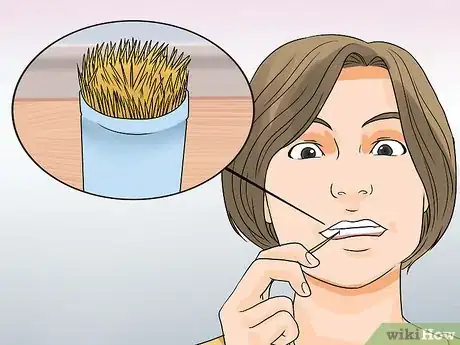
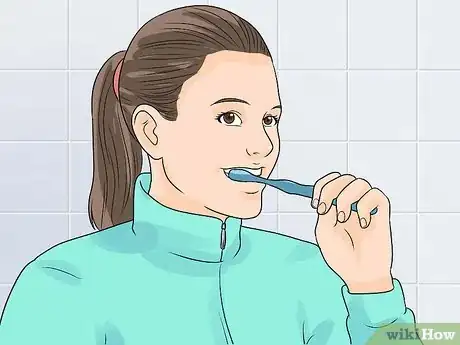

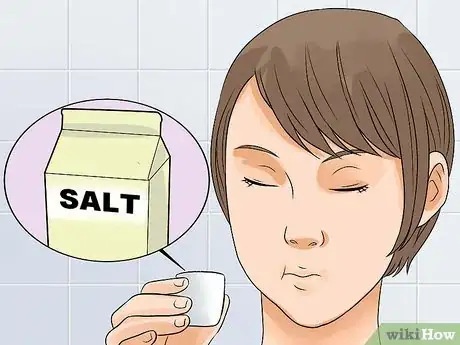
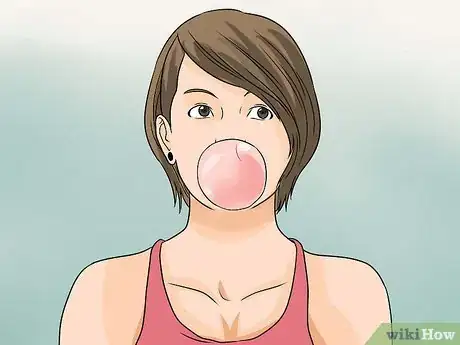

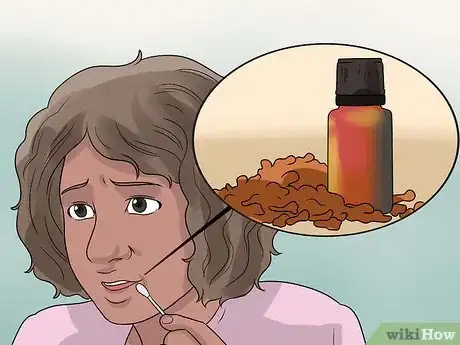
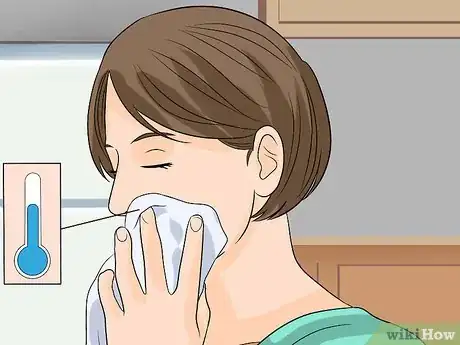
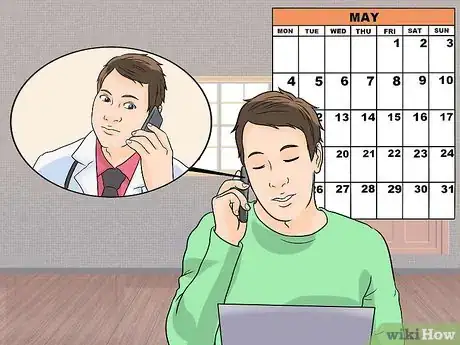

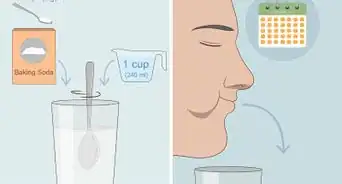
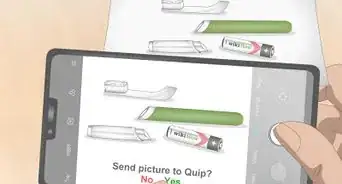

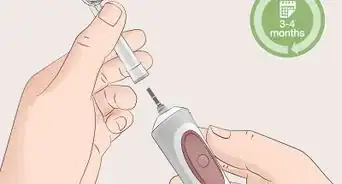
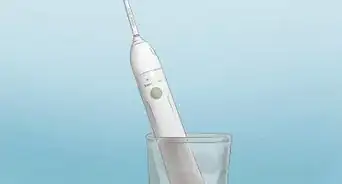

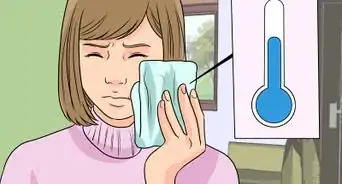

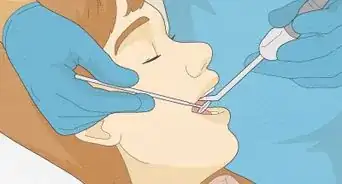

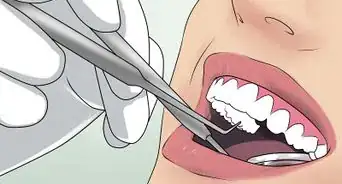
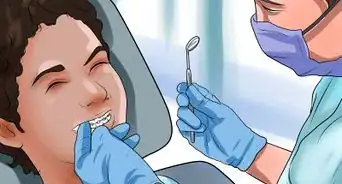










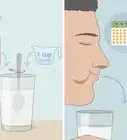
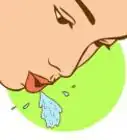




































Medical Disclaimer
The content of this article is not intended to be a substitute for professional medical advice, examination, diagnosis, or treatment. You should always contact your doctor or other qualified healthcare professional before starting, changing, or stopping any kind of health treatment.
Read More...